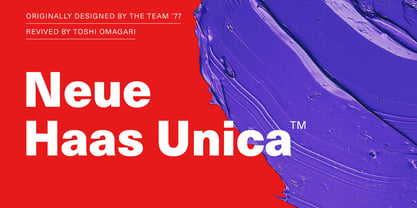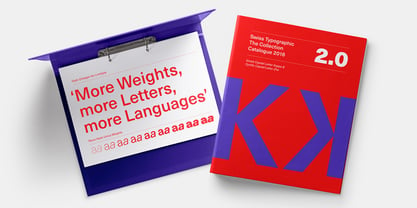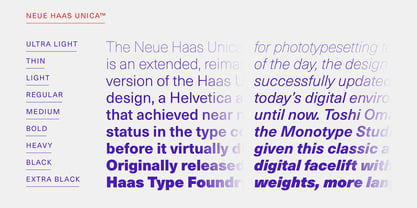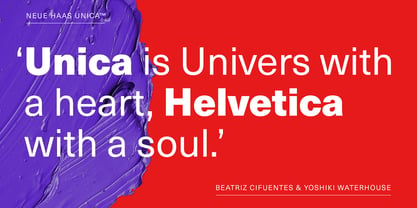Webfonts können auf einer einzigen Domäne verwendet werden. Agenturen, die für mehrere Websites verantwortlich sind, z. B. Web Design-Agenturen oder Hosting-Anbieter, können eine einzelne Webfont-Lizenz nicht für mehrere Websites verwenden.
Jedes Mal, wenn die Webseite, die das Webfont-Kit verwendet, geladen wird (d. h. wenn das Webfont-Kit-CSS mit der @font-face-Regel aufgerufen wird), zählt das Zählsystem einen einzelnen Seitenaufruf für jeden Webfont im Webfont-Kit.
Für die Verwendung in Grafiken, die auf der Website gezeigt werden, benötigen Sie eine Desktop-Lizenz.
MyFonts bietet drei Arten von Webfont-Lizenzen an: Jährlich, Einmalzahlung, und Pay As You Go. Nur eine dieser ist für einen bestimmten Webfont verfügbar. Klicken Sie hier, um Mehr erfahren.





